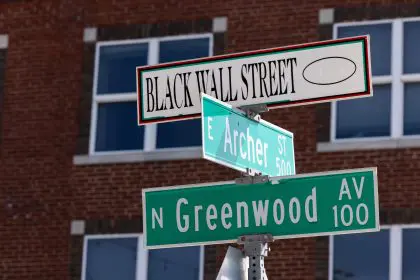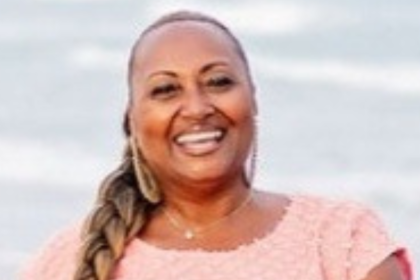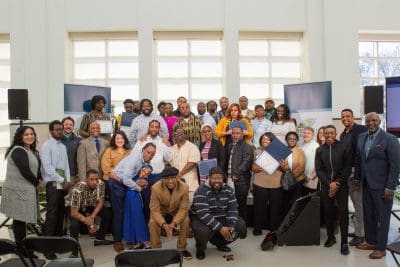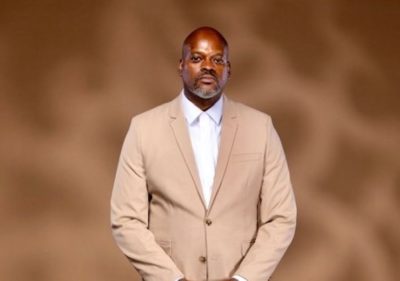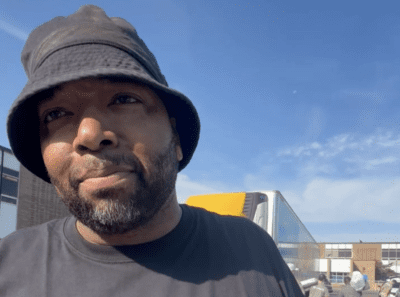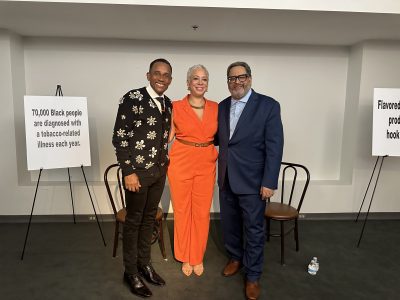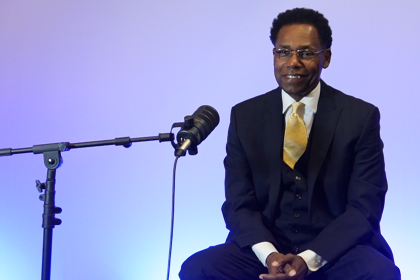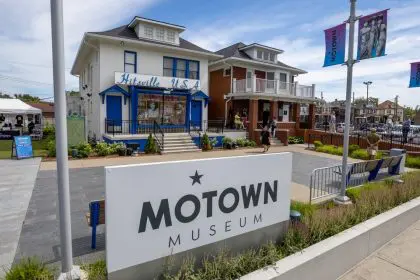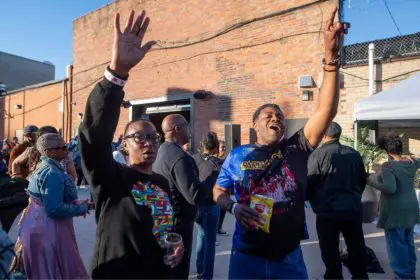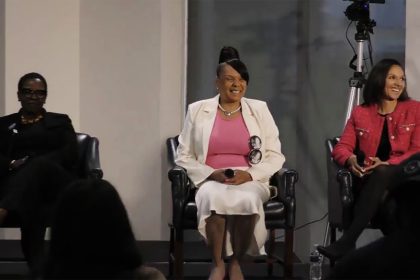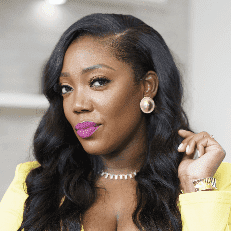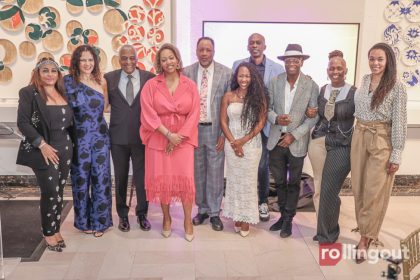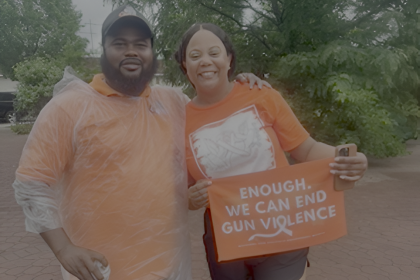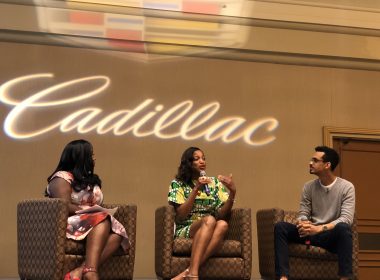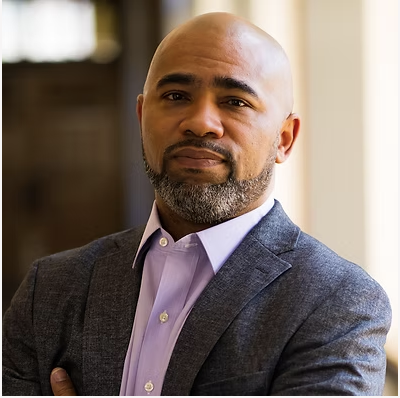
Dwan Dandridge, co-founder and CEO of Black Leaders Detroit (BLD), is taking his commitment to racial equity on the road, literally. The lifelong Detroiter is preparing for an ambitious 1,640-mile cycling journey from Tulsa’s historic Black Wall Street to New York’s Wall Street, highlighting the persistent challenges entrepreneurs of African descent face when accessing capital while raising funds to address these inequities directly.
After four successful rides across Michigan, Dandridge is expanding the initiative nationally with the fifth annual Ride for Equity. The 35-day journey begins May 31st, the anniversary of the Tulsa Race Massacre, and concludes on July 4th in New York. This symbolic route connects two significant landmarks in the history of the Black economic experience in America.
In this exclusive interview, Dandridge discusses the motivation behind this ambitious cycling journey, how BLD supports entrepreneurs of African descent, and the broader mission to create equitable access to capital.
Where did the idea for this year’s Ride for Equity come from?
The idea was inspired by the work we do at Black Leaders Detroit, where our mission is to provide no-interest loans to entrepreneurs of African descent. Over the past four years, our Ride For Equity initiative has focused exclusively on Michigan. Now, coming on the ride’s fifth year anniversary launch in Tulsa, we are looking to expand our program and no-interest loans to other cities facing similar challenges through this ride. In these divisive times, we believe this initiative is an impactful way to reach and engage with like-minded people.
Why choose Tulsa as your starting point?
What we’re doing as an organization is helping create wealth in the Black community, and Tulsa, like many other cities, has been a place where Black people have been successful at creating wealth. The problem is it’s been stripped away in the most horrific way imaginable. Many cities have had similar experiences, but Tulsa may be the one that’s most popular, most widely known.
How long will the ride take and where will you stop?
The ride will be 35 days, taking off from Tulsa on May 31st, which is the anniversary of the Tulsa massacre. We’ll be landing in New York on the 4th of July. We’ll stop in several cities in between, but the major cities that we’ll stop in will be St Louis, Indianapolis, Columbus, Dayton, Pittsburgh, and we’ll also have a stop somewhere in New Jersey, before landing in New York.
What does success look like for this ride?
Success is us finding our community. Again, this has been a very divisive time in our nation. When it comes to creating fairness and equity, we feel like there’s a community of people out there that believe in it just as much as we do and are willing to support the work that we do, and make a donation, come out and ride with us, and we want to connect with them. So, we’re hoping to get 10,000 people to ride with us: 1,000 to come out and ride with us in person, if it’s for a day, a week, or whatever they can commit to; and then we’re looking for another 9,000 people to join us over the course of 35 days by riding at home, on their Peloton or whatever way they choose to.
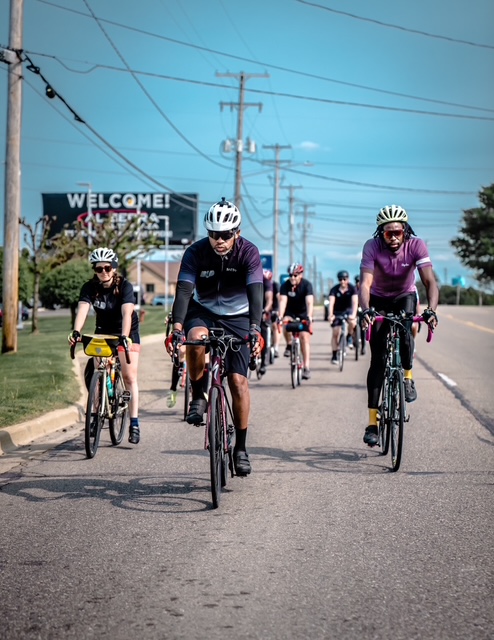
Is there an entry fee?
Yes, we’re asking people, if you’re going to come out and ride with us for a full day, to make a donation of $75, which will cover the lunch, the jersey and other things that come along with it. But we’re also asking people that are riding remotely to sign up, register and look to raise $100 by sharing their efforts and that connection with us, with their friends and family.
What will those funds be used for?
We will use those funds to fund entrepreneurs of African descent. We provide grants and no-interest loans, and their donation will go right into that pot.
Are there provisions along the way for riders?
Yes. If you’re riding with us, we will have lunch and all the other nutrients that you would need, be it water, be it snacks, bananas, the other things that we take when we go on a long endurance ride like this. We also have a mechanic with us. The ride is really well planned out. We have support vehicles that will make sure that we’re safe, protected, and everything that we need will be right there in reach.
What’s going to happen when you reach Wall Street?
When we get to Wall Street, we will do a ride that caps off and lands on Wall Street with a small rally, and we’re looking to connect with people in New York that are just as passionate about equity and equal access to capital as the folks in Tulsa.
In what ways does your organization work with entrepreneurs of African descent?
So, the way that we work with entrepreneurs of African descent is we provide grants and no-interest loans. We’ve deployed over $4.8 million directly to entrepreneurs of African descent in the city of Detroit. We’ve proven that concept in Detroit, and we’re ready to share our practices with other cities that have similar challenges.
How many people will do the entire ride with you?
So far, including myself, we have five people signed up to do all 1,640 miles. We have two people that are coming out of Oklahoma. One is our partner at the Community Light Foundation, who’s invited us to come along with their Ride to Remember that they’ve been doing for the last three years out of Tulsa. Osborne Celestain Jr., the organizer, and his business partner, Linda Jackson, will be riding the entire way. Additionally, Marcus Lyon of BLD’s Ally Council is flying in from Europe, and both he and Richard Keiden, founder of Detroit 2 Nepal, will be riding the entire way.
Where did the original bicycle ride idea come from?
We were originally scheduled to do a 54 mile ride one day around the city of Detroit, that would actually ride through Black Business corridors past and present. This happened in 2021. The problem was it was very difficult, and almost impossible, to get a special events permit in the city of Detroit, because of COVID. The city didn’t want large gatherings of any kind, so we couldn’t get a permit. We were going to have to cancel the event, and we’d been planning for it for a year. I was on vacation with my family, riding with my then 14-year-old son, and was trying to figure out, okay, what are we going to do now that we cancel this event that we’ve been talking about? I told him, what if we rode our bikes from Detroit to Mackinac, it’s 377 miles. We started to talk about it, he asked some questions, and he said, “Dad, I think it would be a good idea. I think it would work. I think you’ll garner support and attention from people on a much broader scale than if you just did the ride around the city.” So that’s where that original idea was birthed from.
How important is media coverage for this initiative?
Being able to share this story and our message with platforms like the Sherri Show and rollingout, it means a lot to us. If we don’t get the marketing part of this thing right, it’s going to be me and some good friends getting some exercise, and I can do that in the city of Detroit. For us, it’s really important that we connect with people that want to see Black folk get a fair shake. It’s time out for us hoping that the bigger lending institutions get it right. We believe in creating and fixing things ourselves.
What kind of physical preparation is needed for a ride of this magnitude?
You definitely have to be in shape to take on a ride of this magnitude, and if I’m being honest, the idea for the ride sounded a lot better 2 years ago. The term ‘mouth writing a check your a** can’t cash’ comes to mind right now. The thing about preparation for the ride means endurance, and you getting ready physically, and part of that is being able to sit in a seat for long periods of time. I’ve tried a lot of seats when it comes to riding this type of distance, and none of them are comfortable. So, you have to train to be prepared to sit in the seat, just as much as you have to train and get your endurance up and your strength and your legs and your core.
How much training time would you recommend?
When I trained the first time, we made the call about 35 days out. So, the first time I committed to doing the 377 mile ride, I took about 35 days to train and get prepared. I don’t recommend that to anybody. I recommend you give yourself a lot of lead time. I rode during the winter, indoors on a trainer. I continued to train once the weather broke, moving my rides to outside. Give yourself at least four months lead time and training.
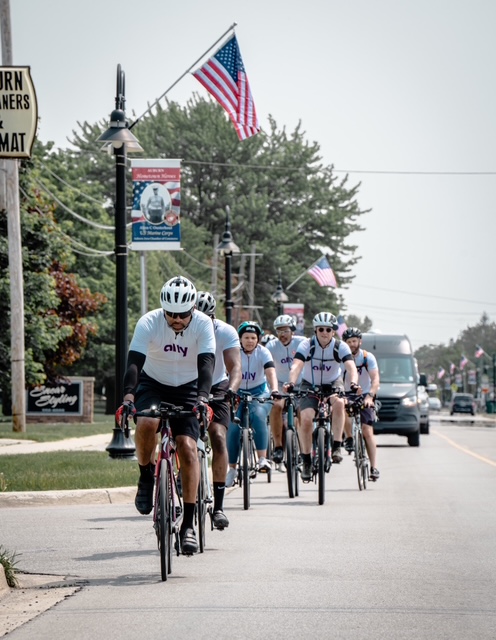
What are some health benefits you’ve experienced from cycling?
You’re definitely going to get your cardio, and you’re going to burn a lot of calories. So, I’ve seen all kinds of benefits myself, personally, including my blood pressure going down. I’ve been able to hold a more optimal weight for myself, and you also end up finding a community with a network of people that ends up feeding your soul. One of the things that we experience on this ride, when we’re out there together, is a lot of love from people. I’ve been in very rural parts of Michigan that I was not expecting to be well received, but what you’ll find is there are a lot more people out there that are for you than there are against you, in spite of what you may feel when you see some of the things that trend on social media. So, you have the physical health benefits, but then you have the mental and spiritual benefits that I have received personally.
What advice would you give to young Black leaders today?
What I would share with my son or any other young man, young woman that consider themselves a leader, for that matter, is try to find a place where your gifts and your talents can make a difference, something that you’re passionate about, and go into that place, find a way to add value to the work that’s being done there, and learn all you can. That’s kind of been my pathway to find out what I should be doing in life. I’ve gone and gotten behind other leaders and other initiatives, and I’ve brought a lot of value while being there and getting a great education under good leadership. If you find yourself under bad leadership, try to figure out what they’re doing wrong and make sure you don’t mimic that and replicate that, as you find yourself elevated into a leadership role.
For more information on how to participate in or support the Ride for Equity, visit Black Leaders Detroit’s website or Ride4Equity.org.

